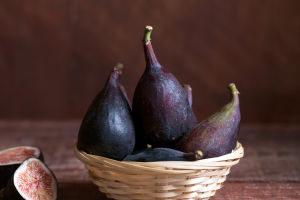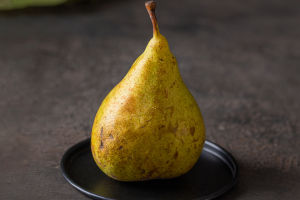Grapes are woody vines belonging to the Vitis genus in the family of Vitisaceae. They have oval leaves, dense or scattered panicles, well-developed base branches, and spherical or oval fruits.
The flowering period of grapes is from April to May, and the fruiting period is from August to September.
Grapes are one of the oldest fruit tree species in the world, with plant fossils found in Tertiary strata indicating they were present all over Europe, Asia, and Greenland at that time. Grapes are native to western Asia but are now planted all over the world, with about 95% of grape production concentrated in the northern hemisphere.
Grapes are not only delicious but also highly nutritious. Ripe grapes have high sugar content, typically ranging from 10% to 30%, with glucose being the most common sugar. A variety of fruit acids in grapes aid digestion, and eating more grapes can strengthen the spleen and stomach.
Grapes also contain essential minerals such as calcium, potassium, phosphorus, and iron, as well as various vitamins B1, B2, B6, C, and P. In addition, grapes also contain a variety of amino acids that are beneficial to the human body.
Regular consumption of grapes can be helpful for people with neurasthenia and excessive fatigue.
Studies have found that grapes can prevent thrombosis more effectively than aspirin and can reduce serum cholesterol levels in the body. Grapes also have a certain effect on reducing the cohesion of platelets, which can help prevent cardiovascular and cerebrovascular diseases.
Eating an appropriate amount of fresh grapes every day can not only reduce the risk of cardiovascular disease but also benefit the health of patients with ischemic heart disease and atherosclerotic heart disease.
Grapes are one of the people's favorite fruits due to their rich nutritional content. To grow high-yield and high-quality grapes, it is important to follow the proper cultivation techniques. Below are some tips for cultivating high-quality grapes:
1. Soil
Grapes are light-loving and warm-loving fruit trees that are adaptable to different types of soil. The most suitable soil for growing grapes is sandy loam with rich organic matter, good air permeability, and good water and fertilizer retention.
2. Weeding
During the growth of young grape vines, the soil must be loosened and weeded frequently to promote the development of the roots of young grape vines and to keep the soil loose and permeable.
3. Moisture
Grapes require a lot of water, and strict control of water in the soil is necessary for growing good grapes.
Grapes need more water during the early growth stage or vegetative growth period, and in the late growth or fruiting period, the roots are weaker and require less water. To avoid damaging the roots and affecting the quality, it is important to control the amount of water carefully.
4. Lighting
Grapes require a certain intensity of light during normal growth, but the light should not be too strong. If the light is too strong, you can use bagging or leave leaves on the plants to cover the grapes as much as possible.
Insufficient sunlight can cause poor corolla shedding during the flowering period of the grapes, resulting in a low fertilization rate, diseases, and poor quality during the fruit expansion period.
5. Climate
There are many wine-producing regions on every continent in the world, but most are located between 30-50 degrees north and south latitude. Different climate characteristics are suitable for different grape varieties and planting methods.
The regions can be classified into cool, mild, and hot climates based on latitude differences.


